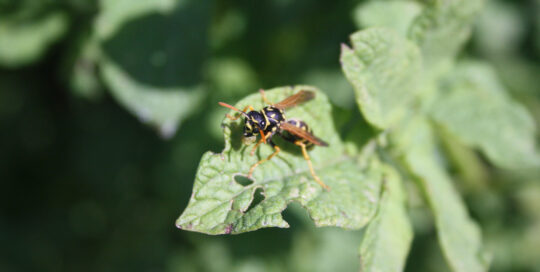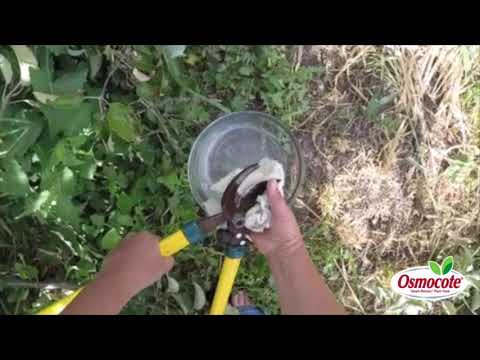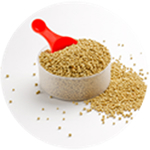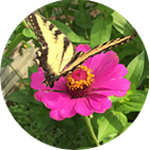Early Season Tomato Pests
Views: 3523
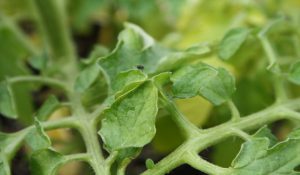
It seems really early to talk about tomato pests, but since a good hunk of the country is 3 weeks ahead of schedule the pests are affecting the plants before you’d expect. And since many entomologists and gardening experts are predicting a challenging year when it comes to some pests (due to the warm winter) I thought it best to touch on what might be chewing on your young tomato plants.
Tomato Pests: Leaf Miners
Leaf miners eat the foliage from the inside so the leaves have splotchy looking tunnels on them. They’re hard to control because they’re tucked inside the leaves; however, you can remove the affected parts to try to knock down their numbers.
Aphids
Aphids are pretty obvious. You’ll find them clustered on the stems and leaves of tomatoes literally sucking the life out of them. If a tomato plant is healthy, it can withstand a few of them without being seriously affected. But weak plants won’t last. One of the easiest ways of handling them is to wash off the plants with a spray of water or a spritz of garlic steeped in mineral oil. (Put 10 cloves of minced garlic in 2 T. of mineral oil. Allow it to steep for a day or so, and then strain out the garlic and add a couple of cups of water.)
Flea Beetles
Just like spinach or other crops, if the leaves of your plants look like they’ve been peppered by a shot gun, you probably have flea beetles. They’re really hard to spot, so don’t feel bad if you can’t see them. You can dust the plants with diatomaceous earth for a fairly effective, yet otherwise benign, means of control.
Tomato Psyllid Pests
This is another sap-sucking pest. It’s very hard to see because it’s so tiny, but you know you have a problem when the leaves yellow and somewhat curl. If you examine the plant closely you might find them on the undersides of the leaves. Dose the plant with a product that has permethrin in it if you have a problem, and be certain that you are getting under the leaves.
Tomato Hornworm Pests
Most of the time these feed on the fruit of the tomatoes more than the foliage, but I have a feeling with the early growing season this year, the young caterpillars might be out eating whatever is available. Look for them at night. Large ones will be over 3 inches long, but look for smaller ones. If hornworms are an issue, you can remove them by hand. Or use Bt on them if you can’t find them, yet are convinced they’re eating your leaves.
Tomato Russet Mite Pests
These are so small you can’t see them without a magnifying glass. Great, huh? But you know you have them if the leaves on your tomato start to dry out and die. And it usually starts at the bottom. If you suspect the russet mite, you can use sulfur dust or an organic product such as “Take Down” garden spray, which has sulfur dust along with pyrethrin in it.
Deer
Tomato leaves are poisonous, right? Well, someone needs to tell the deer. I can’t count the times in past years when I looked out the window to watch a doe chew off all of the leaves popping out of the top of my Wall-O-Waters. Since you don’t want to spray your tomatoes with a putrescent egg formula or blood meal, putting a barrier around them is the best bet. You can drape them with floating row covers, or create a more substantial cage around the plants.
Meet Amy Grisak
Amy is a freelance author and photographer in Great Falls, MT who specializes in gardening, foods, and sustainable agriculture. She provides information on every kind…
Amy's Recent Posts
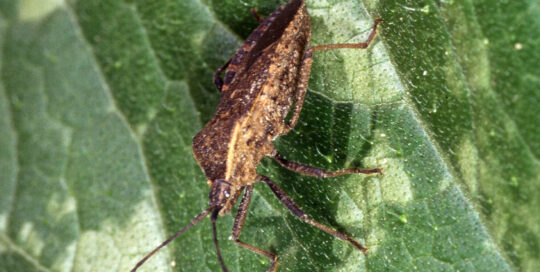
Squish Squash Bugs Before They’re a Problem
